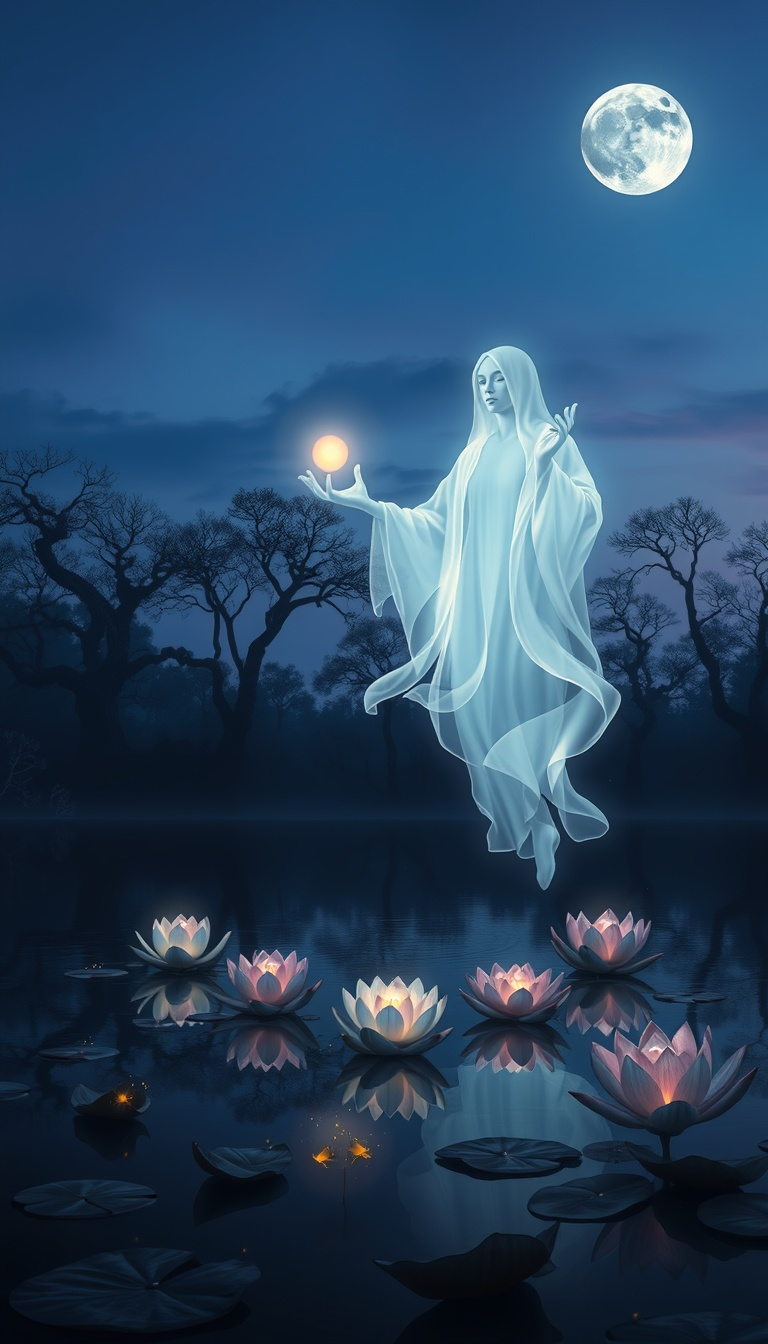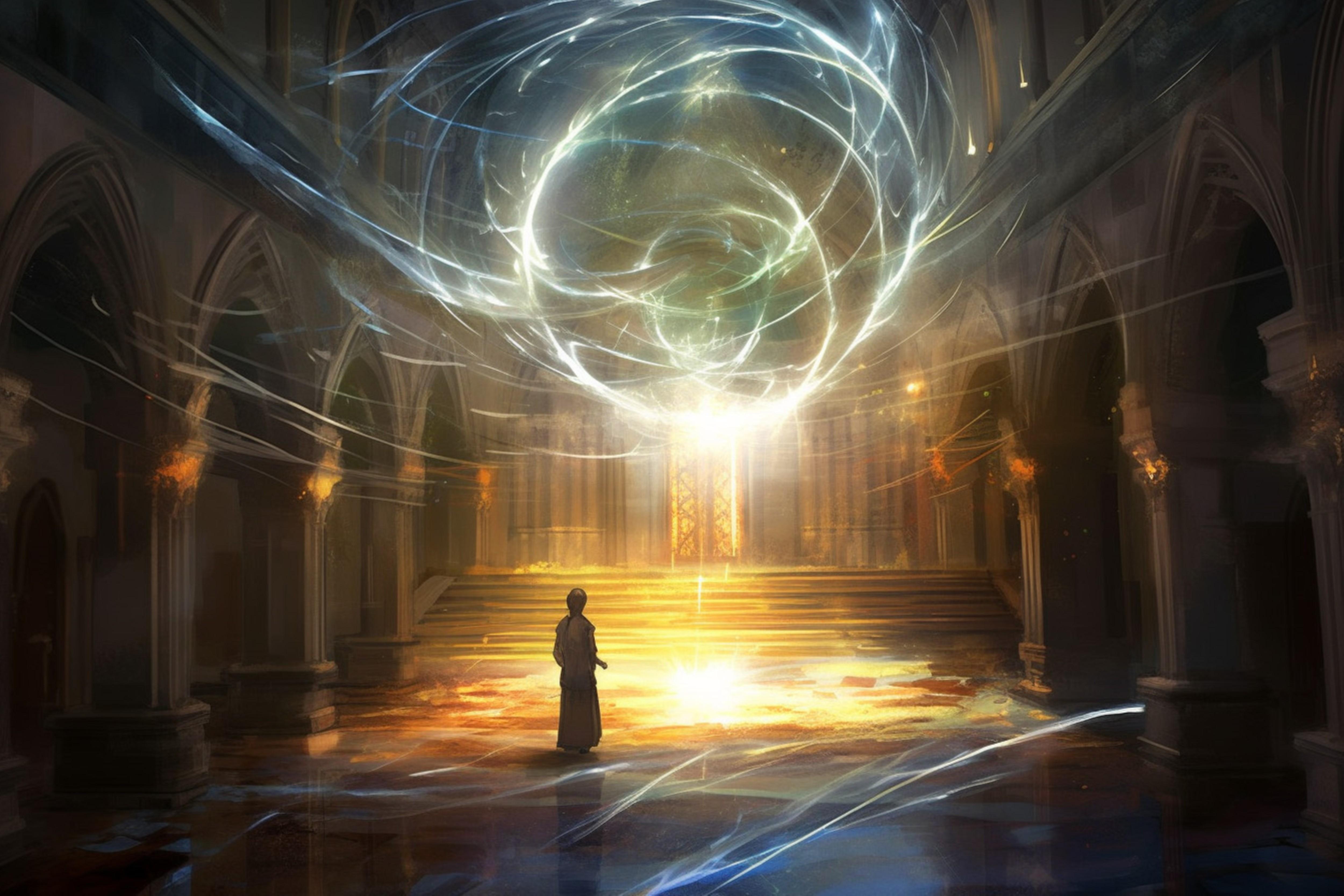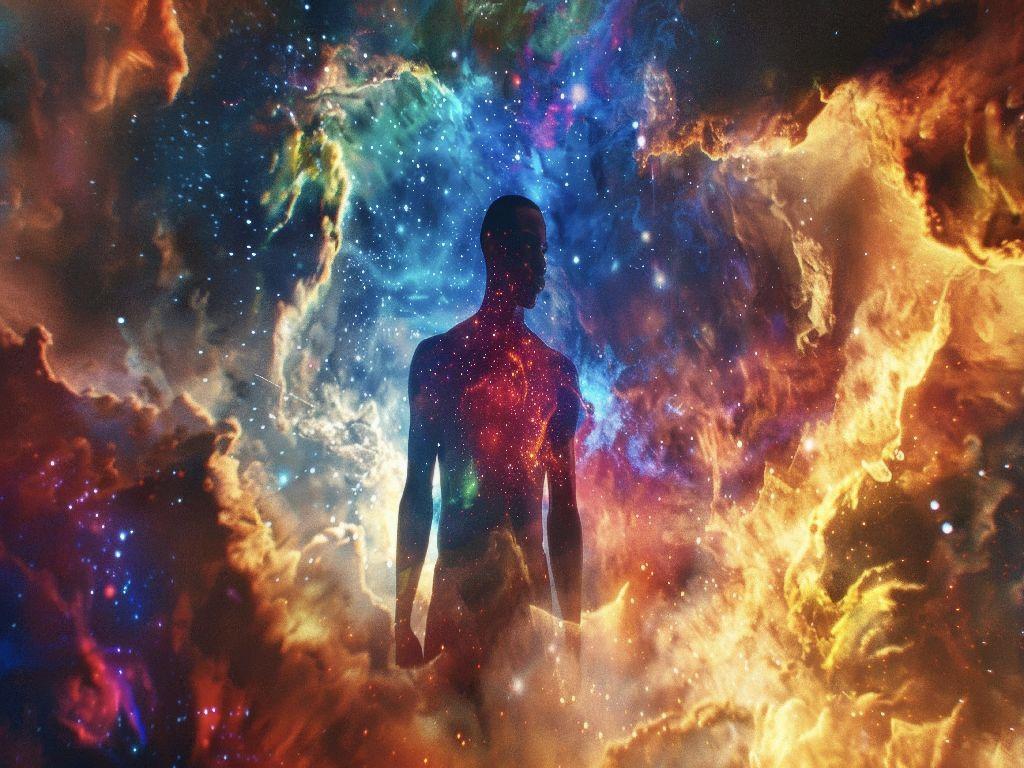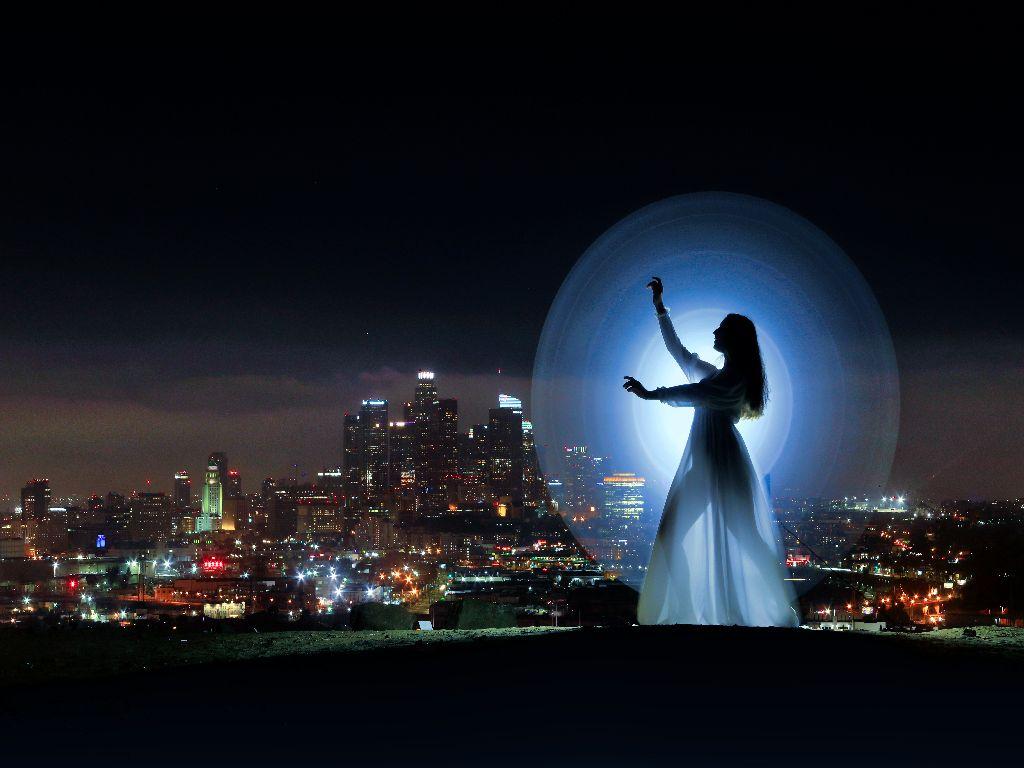Hieronymus Bosch
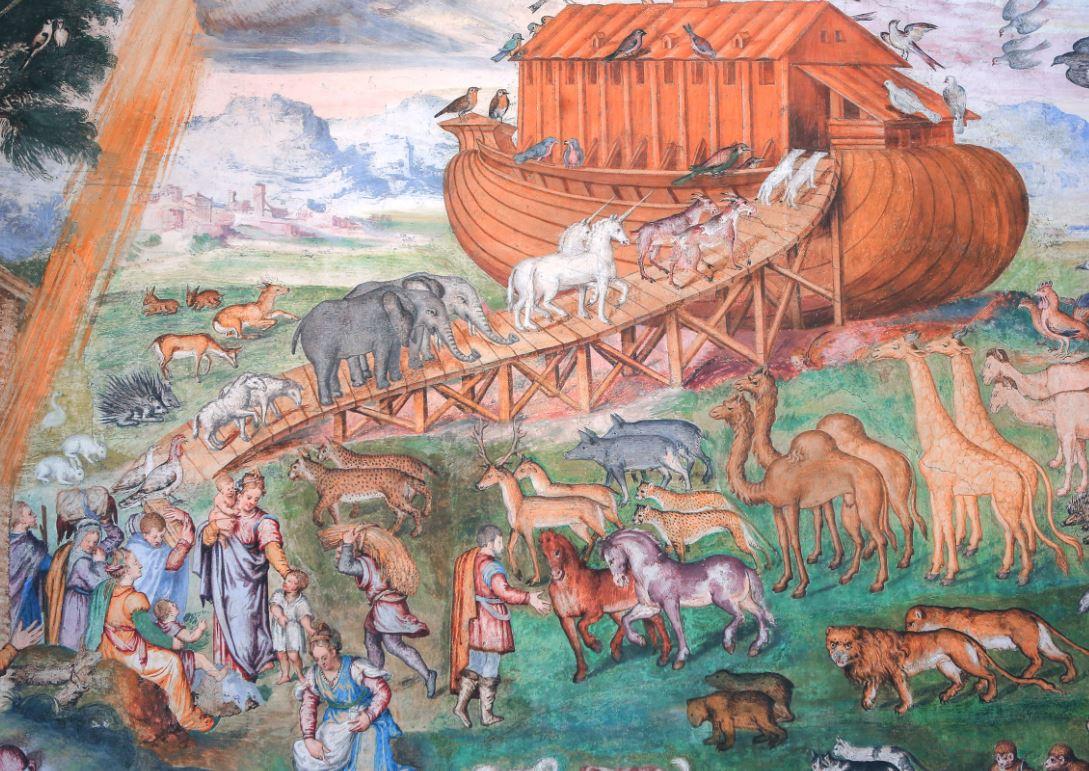
Hieronymus Bosch
Painting / Late Middle Ages / Symbolism / Religious Art / Visionary
Lifespan: c. 1450 – 1516
Birth Name: Jheronimus van Aken
Origin: ’s-Hertogenbosch, Netherlands
Definition:
Hieronymus Bosch was a Dutch painter of the Northern Renaissance, known for his bizarre, symbolic, and surreal imagery. His paintings blend moral allegory, religious mysticism, and fantastical visions, often depicting the eternal battle between virtue and sin.
Style & Themes:
-
Moral satire: depiction of lust, greed, pride, and human folly
-
Frequent use of allegorical and religious motifs, especially heaven, hell, and judgment
-
Populated with hybrid creatures, surreal architecture, and symbolic chaos
-
His scenes often evoke dreams, nightmares, or subconscious visions
-
Deeply rooted in medieval mysticism, Catholic doctrine, and folk beliefs
Famous Works:
| Title | Significance |
|---|---|
| The Garden of Earthly Delights | Triptych: Eden – Earth – Hell (Museo del Prado, Madrid) |
| The Last Judgment | Complex vision of damnation and salvation (Vienna) |
| The Haywain Triptych | Critique of worldly vanity and delusion |
| The Temptation of St. Anthony | Clash of faith and demonic illusion (Lisbon) |
Interpretation & Legacy:
-
Seen as a visionary or even heretical by some contemporaries
-
Considered a forerunner of Surrealism
-
Influenced modern artists like Dalí, Max Ernst, and HR Giger
-
Continues to fascinate scholars, psychologists, and esoteric thinkers alike
Links:

